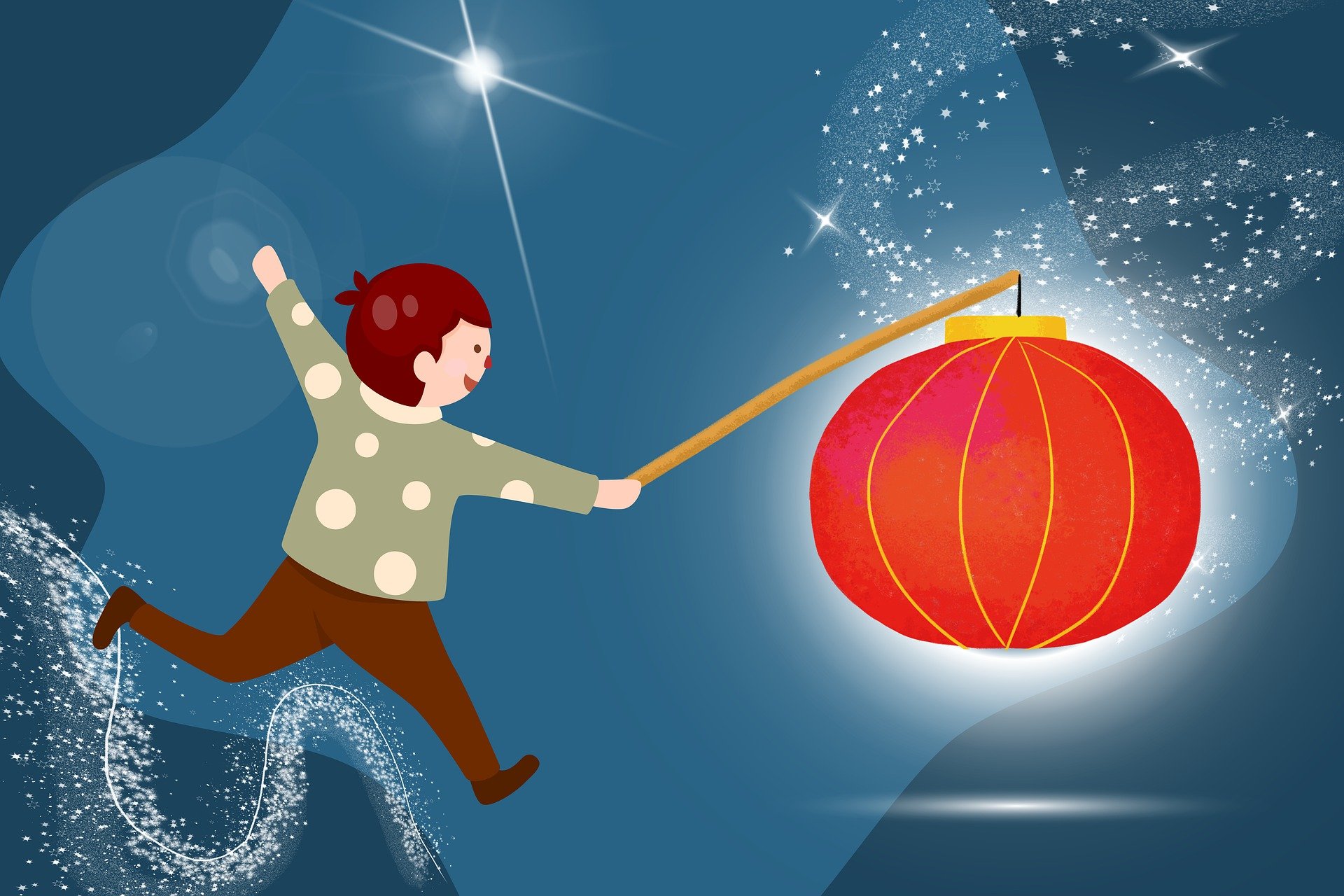The season of revelry begins
When most people think of Carnival, they think of debaucherous street-masquerades in February. They are, of course, not wrong. In German-speaking Europe, however, this late-Winter revelry before Lent is only the crescendo of a much longer observance of Carnival known as Karnevalsession, or Carnival Season.
German Carnival Season consists of four components. First, on November 11, there is St. Martin’s Day. Each year on 11.11, at precisely 11:11 in the morning, German Carnival kicks off with Martinstag festivities. From there, Carnival moves through three phases spanning anywhere from 85 to 120 days (depending on the date of Easter) before coming to an end on Ash Wednesday. Here’s what it’s all about.

MARTINSTAG (ST. MARTIN’S DAY)
In the Middle Ages and early modern period, St. Martin’s Day was an important festival in many parts of Europe, particularly in German-speaking regions, where it marked the end of the harvest season and the beginning of “winter revelling season”. Traditionally, large stores of brewed beer and wine became ready at this time, which coincided with the end of winter preparations such as the cellaring of vegetables and butchered meat.
Today, a widespread custom in Germany is to light bonfires, called Martinsfeuer, on St. Martin’s Eve. On the eve of Martinstag, children walk in processions called Laternelaufen, carrying lanterns made by hand in school and singing traditional St. Martin’s Day songs.
The German St. Martin’s Day feast consists of roast goose—Martinsgans—accompanied by red cabbage and dumplings. Much like American Thanksgiving, the Martinstag feast is a celebration of nature’s bounty.
KARNEVAL PHASE 1 (November 11 – Year’s End)
The first phase of German Carnival is the most tame of the three. The focus is primarily on Martinstag itself, when regions designate their crowned leaders of the Carnival-time Narren, or fools. In most cases a prince and princess are crowned, though some areas such as Cologne designate a Dreigestirn (triumvirate) consisting of Prinz (prince), Bauer (farmer/peasant) and Jungfrau (virgin). Few other Carnival events take place during this initial phase.
KARNEVAL PHASE 2 (New Year’s Day – Thursday before Ash Wednesday)
The second phase of German Carnival is a time of lavish and highly organized Karnivalsitzungen (masquerade balls) centered around the newly crowned prince and princess of the Karnevalsession. The balls typically consist of a program including speeches, group carol-singing, music and dance.
KARNEVAL PHASE 3 (The week before Ash Wednesday)
The third and final phase of German Carnival is the wildest and (therefore) most well-known. This is the time of street-parades and public revelry before the calm and introspective asceticism of Lent. Expect to encounter costumed Narren in the greatest numbers on the three days leading up to Aschenmittwoch (Ash Wednesday): Karnevalsonntag (Carnival Sunday), Rosenmontag (Rose Monday) and Faschingsdienstag (Shrove Tuesday).
